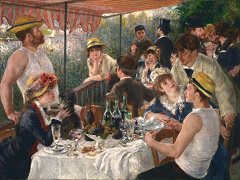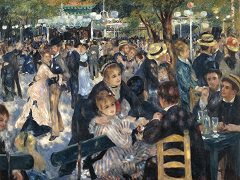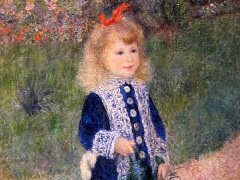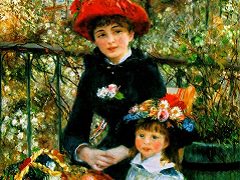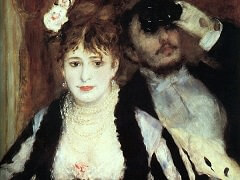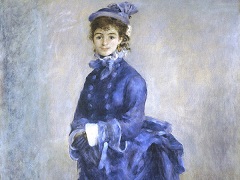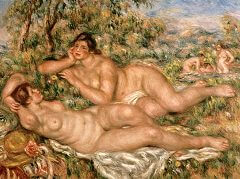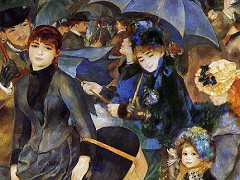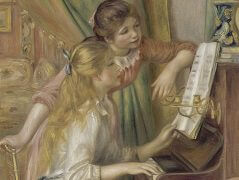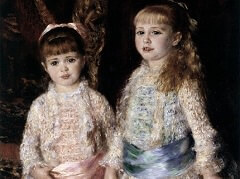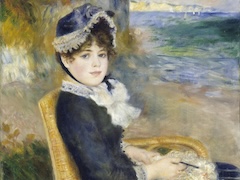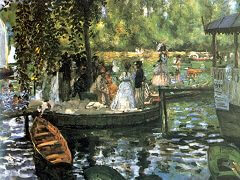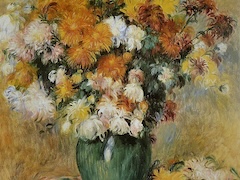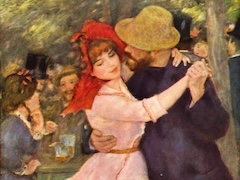Shepherd Boy - by Pierre-Auguste Renoir
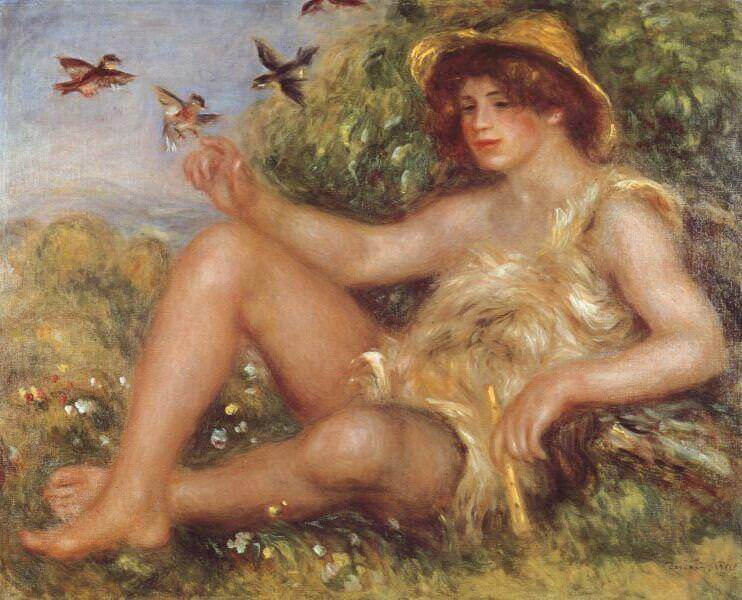
This godlike shepherd boy, whose piping charms the birds out of the sky, is the son of a German industrialist named Thurneyssen. Renoir had painted the other members of the family, and when he came to this lad, he turned the portrait into a classical improvisation. As might be expected of a man who saw this earth as a paradise, and its inhabi- I tants beautiful, Renoir always venerated the ancient Greeks. He had a keen understanding of their artistry, and one of the great regrets of his life was that he had never visited their homeland.
At the time when this picture was painted, Renoir had come to know Maillol well; he admired the tempered classicism of his sculpture, which was parallel to his own. Therel was a growing undercurrent of regard for the classical idiom in the early part of this century, and in Renoir we see the tendency at its boldest.
In this canvas, Renoir goes back to the Greeks via Impressionism, and via eighteenth-century France, when it was a conceit of the ladies and gentlemen of the court to play at being shepherds and shepherdesses.
It is worth noting also that Renoir almost never painted or sculpted the male nude. The torso is concealed in this picture; and the limbs, composed with a graceful harmony of repeated lines and angles, are those of his female figures. But in a poetic vision such as this it is of little importance: Renoir beautifully creates a rapport between the human figure and nature, and the scene is one of Arcadian tranquillity.

